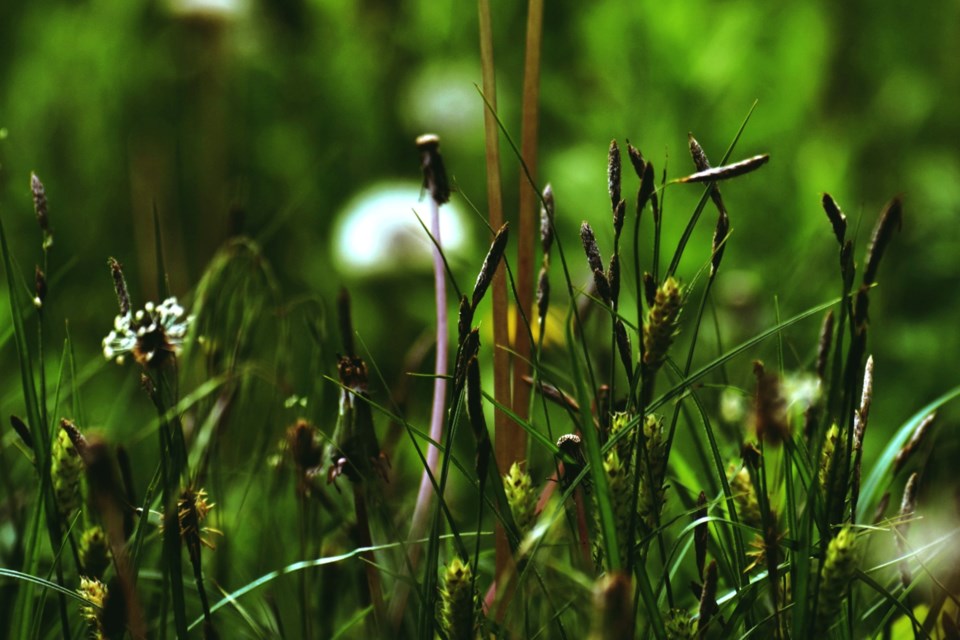Although done with the best of intentions, allowing lawns to grow long during No Mow May to help pollinators might actually do more harm than good.
So described Guelph Turfgrass Institute (of the University of Guelph) communications and outreach co-ordinator Sara Stricker.
“The movement was first started for roadways and ditches in the U.K., and it is not really applicable to lawns in Ontario,” she said.
“Providing a four-week source of pollen, which is unlikely to actually produce a significant amount of food, is short-sighted and is unlikely to benefit the urban ecosystem in the long run.”
The only published scientific journal article favouring No Mow May was later retracted due to “several potential inconsistencies in data handling and reporting.”
Stricker has been reaching out to media outlets in recent weeks in an attempt to educate the public about the pitfalls of No Mow May
“It’s a great conversation piece, because I also really do support pollinators because they are absolutely important to support biodiversity, but there are ways to do it, and not mowing your lawn is not recommended,” she said.
Keeping lawns short throughout the growing season is recommended.
“We have this one-third rule, where you shouldn’t cut a plant more than one-third at a time or you’ll stress it out and potentially cause damage,” she said.
“If you were to let the grass grow really tall and then cut it short, you could actually stunt your grass and harm it.”
This can result in people using more water, fertilizer and herbicide to keep their lawns looking pristine, or giving up and installing patio stones. This, she said, is where No Mow May is “causing more harm than good.”
“If you want a grassy lawn for the summer to use, to play, then don’t do No Mow May.”
Pollinators are better supported with spaces allowed to grow over with native plants year-round, and not just one month of the season. Shorter flowers can also be added to lawns, and mowed short, throughout the year.
No Mow May, she said, is “like a food truck, everyone gets reliant on that one location to find food and then all of a sudden it’s gone.”
Trees in the willow, apple and rose families produce more nutritious pollen than weeds found in lawns, she said, adding that it’s also produced in greater quantities in trees.
It’s easy to see why No Mow May has been gaining traction, Stricker said, noting that people want to support pollinators, it has a snappy hashtag, #NoMowMay, and simply not mowing your lawn during the month of May is an easy thing to do.
“You can’t create one blanket statement for the entire planet, No Mow May, that doesn’t make sense.”
